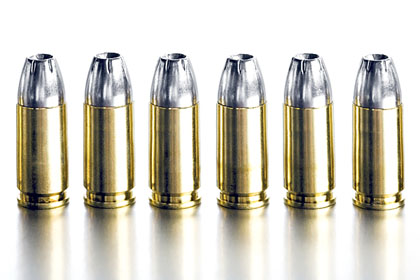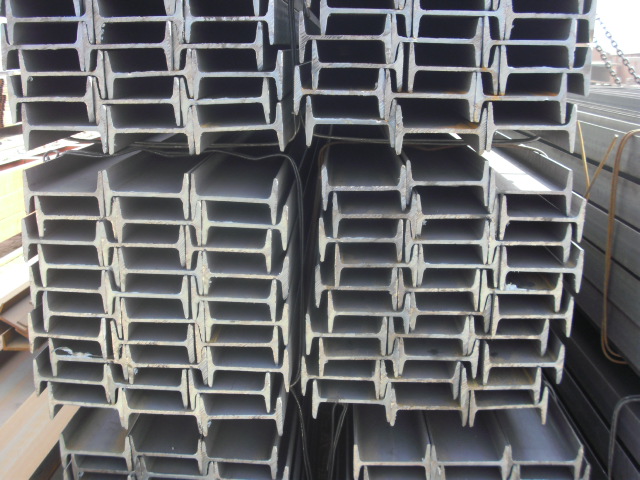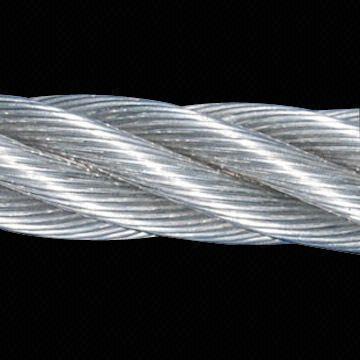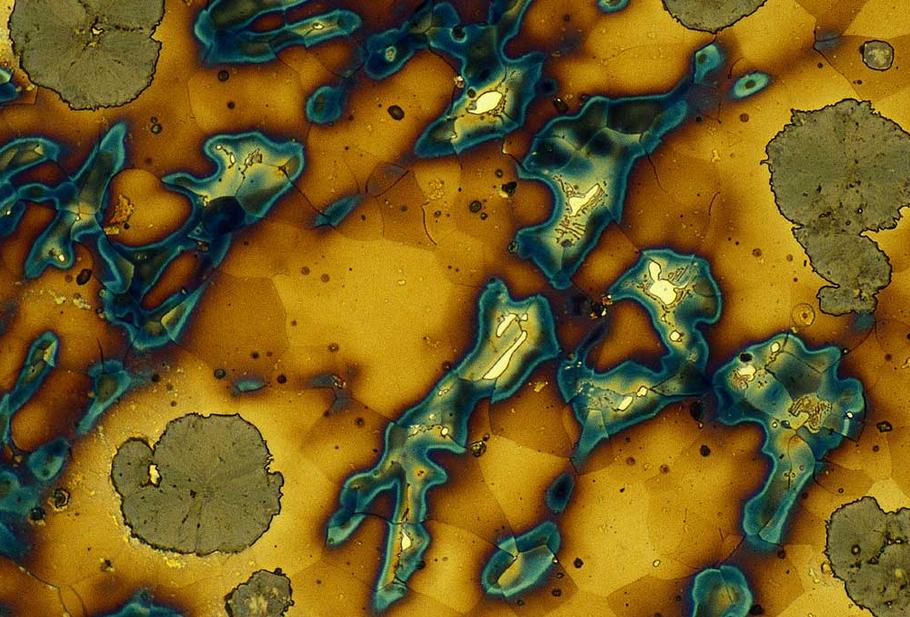Carbon Steel - Meaning and Definition
Carbon steel is steel where the main interstitial alloying constituent is carbon. The American Iron and Steel Institute (AISI) defines carbon steel as : “Steel is considered to be carbon steel when no minimum content is specified or required for chromium, cobalt, molybdenum, nickel, niobium, titanium, tungsten, vanadium or zirconium, or any other element to be added to obtain a desired alloying effect when the specified minimum for copper does not exceed 0.40 percent or when the maximum content specified for any of the following elements does not exceed the percentages noted : manganese 1.65, silicon 0.60, copper 0.60″.
High Carbon Steel Knife
Carbon Steel is a malleable, iron-based metal containing carbon, small amounts of manganese, and other elements to make the material useful for many different applications. Carbon steels are the base metals widely used in manufacturing today around the world in nearly every industry, including aerospace, aircraft, automotive, chemical, and defense.
Carbon Steel Production Flow Line
Carbon steel, also called plain-carbon steel, is a metal alloy, a combination of two elements, iron and carbon, where other elements are present in quantities too small to affect the properties. The only other alloying elements allowed in plain-carbon steel are: manganese (1.65% max), silicon (0.60% max), and copper (0.60% max).
Iron Carbon Phase Diagram
Steel with a low carbon content has the same properties as iron, soft but easily formed. As carbon content rises the metal becomes harder and stronger but less ductile and more difficult to weld. Higher carbon content lowers steel’s melting point and its temperature resistance in general.
High Carbon Steel Knife
The term “carbon steel” may also be used in reference to steel which is not stainless steel, in this use carbon steel may include alloy steels. As the carbon content rises, steel has the ability to become harder and stronger through heat treating, but this also makes it less ductile. Regardless of the heat treatment, a higher carbon content reduces weldability. In carbon steels, the higher carbon content lowers the melting point.
Medium Carbon Steel Gear,Shaft, Sprocket
Steel is an alloy formed between the union of iron and smaller amounts of carbon. Carbon seems to the most appropriate material for iron to bond with. Carbon works as a strengthening instrument in steel; it further solidifies the structures inherent in iron. By tinkering with the different amounts of carbon present in the alloy, many variables can be adjusted such as density, hardness and malleability.
Mild Carbon Steel Plate
Increasing the level of carbon present will make the steel more structurally delicate, but also harder at the same time. Steel is more or less classified by its inherent carbon content. High-carbon steel is traditionally used for fashioning cutting tools and dies because one of its distinguishing features is great hardness. Steel with a lower to medium level of carbon will typically be reserved for metal sheeting for use in construction, due to its increased hardness and malleability.
Types of carbon steel
- Mild steel (Low Carbon Steel) : approximately 0.05% to 0.26% carbon content with up to 0.4% manganese content (e.g. AISI 1018 steel). Less strong but cheap and easy to shape; surface hardness can be increased through carburizing. Mild steel is the most common form of steel as its price is relatively low while it provides material properties that are acceptable for many applications. Mild steel has a low carbon content (up to 0.3%) and is therefore neither extremely brittle nor ductile. It becomes malleable when heated, and so can be forged. It is also often used where large amounts of steel need to be formed, for example as structural steel. Density of this metal is 7861.093 kg/m³ (0.284 lb/in³) and the tensile strength is a maximum of 500 MPa (72500 psi)
- Medium carbon steel : approximately 0.29% to 0.54% carbon content with 0.60 to 1.65% manganese content (e.g. AISI 1040 steel). Balances ductility and strength and has good wear resistance; used for large parts, forging and automotive components.
- High carbon steel : approximately 0.55% to 0.95% carbon content with 0.30 to 0.90% manganese content. Very strong, used for springs and high-strength wires. Carbon steels which can successfully undergo heat-treatment have a carbon content in the range of 0.30–1.70% by weight. Trace impurities of various other elements can have a significant effect on the quality of the resulting steel. Trace amounts of sulfur in particular make the steel red-short. Low alloy carbon steel, such as A36 grade, contains about 0.05% sulfur and melts around 1426–1538 °C (2599–2800 °F). Manganese is often added to improve the hardenability of low carbon steels. These additions turn the material into a low alloy steel by some definitions, but AISI’s definition of carbon steel allows up to 1.65% manganese by weight.
- Very high carbon steel : approximately 0.96% to 2.1% carbon content, specially processed to produce specific atomic and molecular microstructures. Approximately 1.0–2.0% carbon content. Steels that can be tempered to great hardness. Used for special purposes like (non-industrial-purpose) knives, axles or punches. Most steels with more than 1.2% carbon content are made using powder metallurgy. Note that steel with a carbon content above 2.0% is considered cast iron.
Steel can be heat-treated which allows parts to be fabricated in an easily-formable soft state. If enough carbon is present, the alloy can be hardened to increase strength, wear, and impact resistance. Steels are often wrought by cold-working methods, which is the shaping of metal through deformation at a low equilibrium or metastable temperature.
The purpose of heat treating carbon steel is to change the mechanical properties of steel, usually ductility, hardness, yield strength, or impact resistance. Note that the electrical and thermal conductivity are slightly altered. As with most strengthening techniques for steel, Young’s modulus is unaffected.
Steel has a higher solid solubility for carbon in the austenite phase; therefore all heat treatments, except spheroidizing and process annealing, start by heating to an austenitic phase. The rate at which the steel is cooled through the eutectoid reaction affects the rate at which carbon diffuses out of austenite. Generally speaking, cooling swiftly will give a finer pearlite (until the martensite critical temperature is reached) and cooling slowly will give a coarser pearlite. Cooling a hypoeutectoid (less than 0.77 wt% C) steel results in a pearlitic structure with ?-ferrite at the grain boundaries. If it is hypereutectoid (more than 0.77 wt% C) steel then the structure is full pearlite with small grains of cementite scattered throughout.
You might also like
| Metal Alloys Metal Alloys - A Definition Metal alloy... | Mild Steel - Properties and Uses What is Mild Steel ? Mild steel is a type... | What is Steel? Steel - a Definition According to European... | What is Grey Cast Iron ? Grey Cast Iron - Meaning and Definition Grey... |




 Alloy Suppliers
Alloy Suppliers
 Aluminum
Aluminum
 Aluminum Extrusions
Aluminum Extrusions
 Copper-Brass-Bronze
Copper-Brass-Bronze
 Nickel
Nickel
 Magnets
Magnets
 Stainless Steel
Stainless Steel
 Stainless Steel Tubing
Stainless Steel Tubing
 Steel Service Centers
Steel Service Centers
 Titanium
Titanium
 Tungsten
Tungsten
 Wire Rope
Wire Rope